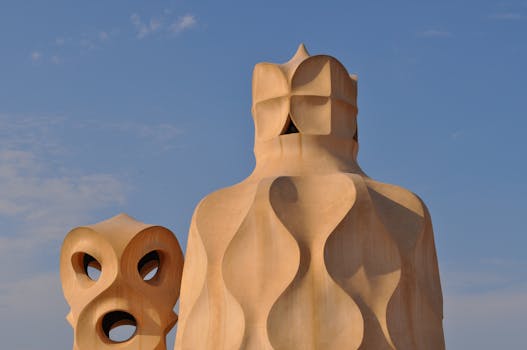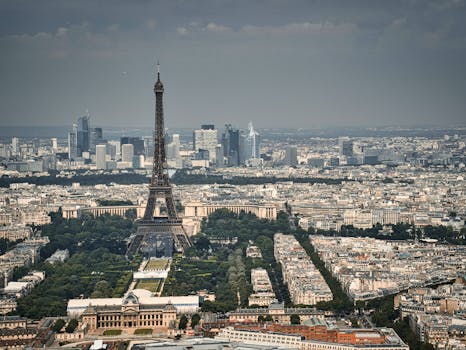
Traveling Through Time: How Europe’s Historical Heritage Shapes Modern Lifestyles in 2025
Historical Heritage Traveling Through Time is an integral part of Europe’s identity, and its influence can be seen in various aspects of modern lifestyles. From the ancient ruins of Greece and Rome to the medieval castles of England and France, Europe’s historical heritage is a treasure trove of cultural, architectural, and artistic riches. In this article, we will explore how Europe’s historical heritage shapes modern lifestyles in 2025.
Introduction to Europe’s Historical Heritage

Europe’s historical heritage is a diverse and complex tapestry, woven from the threads of various cultures, empires, and civilizations. The continent has been shaped by the rise and fall of empires, the spread of Christianity, the Renaissance, and the Enlightenment. Each era has left its mark on Europe’s architecture, art, literature, and culture. Today, Europe’s historical heritage is a major tourist attraction, with millions of visitors flocking to see the likes of the Eiffel Tower, the Colosseum, and the Acropolis.
How Historical Heritage Shapes Modern Lifestyles

Europe’s historical heritage has a profound impact on modern lifestyles. For instance, the continent’s rich architectural heritage has influenced contemporary design, with many modern buildings incorporating elements of classical styles. The historical heritage of Europe has also shaped the continent’s cultural landscape, with many festivals, traditions, and customs still being celebrated today. Furthermore, Europe’s historical heritage has played a significant role in shaping the continent’s cuisine, with many traditional dishes still being enjoyed today.
Cultural and Artistic Heritage

Europe’s cultural and artistic heritage is a significant aspect of its historical heritage. The continent is home to some of the world’s most famous museums, galleries, and theaters, showcasing the works of renowned artists, writers, and musicians. From the Uffizi Gallery in Florence to the Louvre in Paris, Europe’s cultural institutions are a testament to the continent’s rich cultural heritage. The historical heritage of Europe has also influenced contemporary art, with many modern artists drawing inspiration from the works of their predecessors.
Conclusion

In conclusion, Europe’s historical heritage plays a vital role in shaping modern lifestyles in 2025. The continent’s rich cultural, architectural, and artistic heritage has influenced contemporary design, culture, and cuisine. As we look to the future, it is essential to preserve and protect Europe’s historical heritage, ensuring that it continues to inspire and influence future generations.





